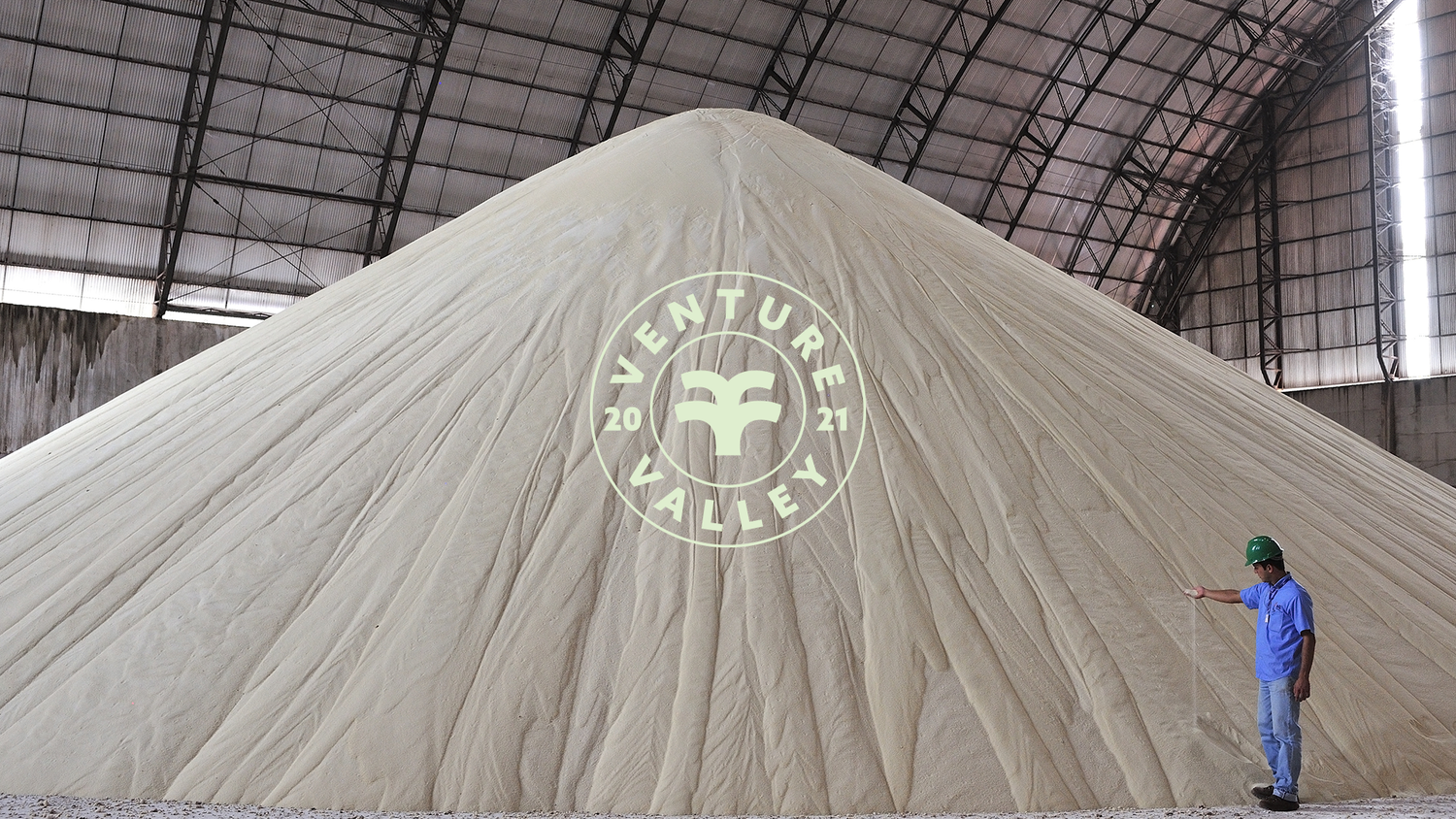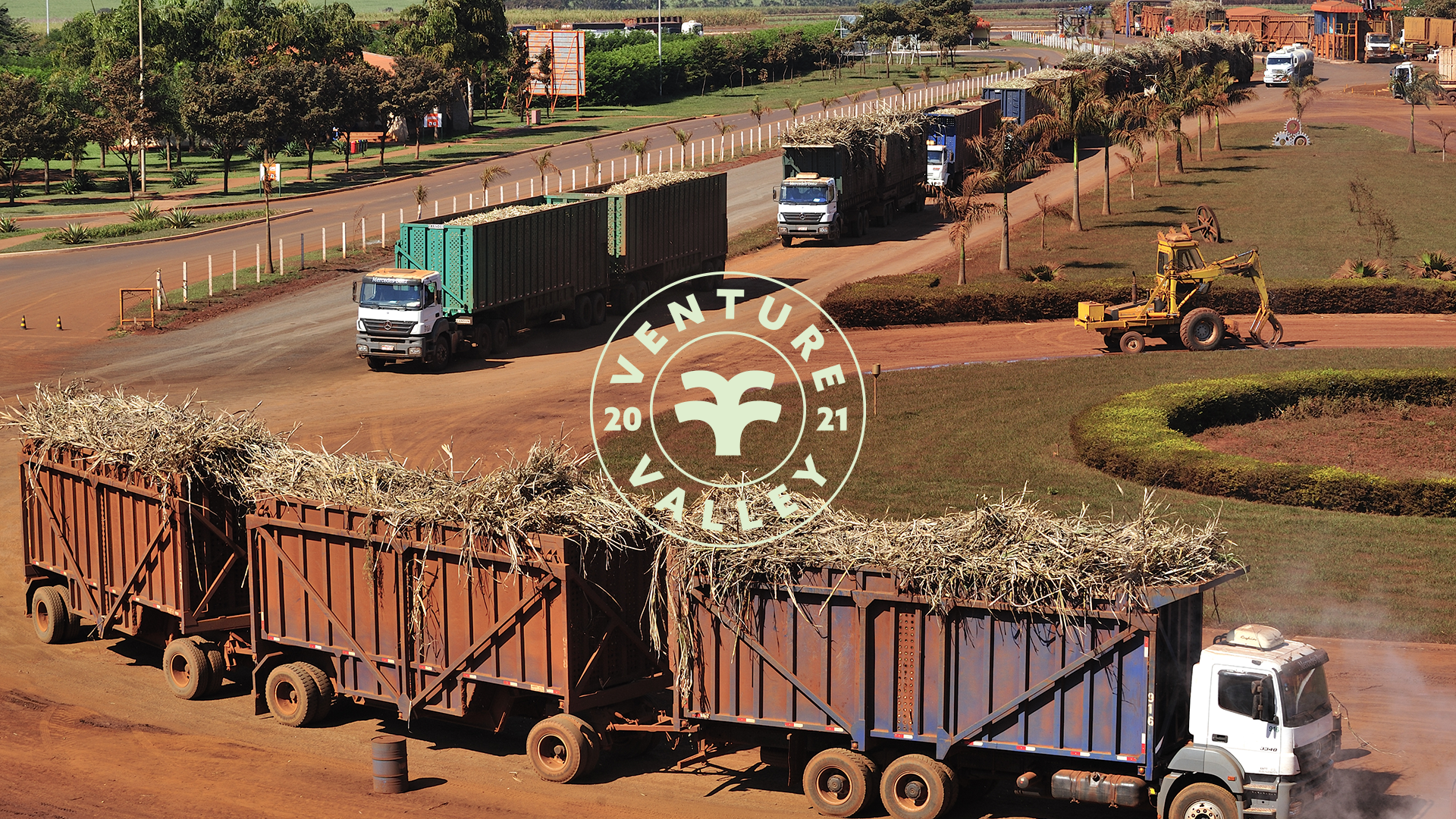Brazil's Sugar Prices: A Deep Dive into Supply Chain Price Levels
Brazil is undeniably a powerhouse in the sugar industry, producing approximately 25% of the world's sugar. As a result, understanding the dynamics of sugar prices in Brazil is crucial for stakeholders ranging from producers to consumers. But the price isn't uniform throughout the supply chain. It undergoes multiple changes as it moves from fields to factories and from wholesalers to retailers. Here, we break down the different price levels down Brazil's sugar supply chain.
1. Farm-Level Prices
This is the base level, where sugar prices begin. It's the price that farmers or sugar cane growers receive. Factors affecting these prices include:
- Production costs: Includes costs of planting, maintenance, harvesting, and transportation to mills.
- Yield: The amount of sugar that can be extracted from the harvested cane.
- Weather conditions: Droughts or excessive rainfall can impact yield, thereby affecting prices.
2. Milling and Refining Costs
After harvesting, sugarcane is sent to mills where it is processed to extract sugar. The cost here includes:
- Operational costs: Energy costs, labor, and machinery maintenance.
- Refining: Converting raw sugar to white sugar requires additional processes, adding to costs.
- By-products: The sale of by-products like bagasse and molasses can offset some milling costs.
3. Wholesale Prices
Once processed, sugar is sold to wholesalers or directly to large consumers. The wholesale price typically includes:
- Transportation: Moving sugar from mills to storage or direct consumers.
- Storage: Costs related to warehousing and inventory management.
- Market demand and supply: Global sugar demand, Brazil's production, and international market factors influence wholesale prices.
4. Retail Prices
The final price level is what consumers see on supermarket shelves. Factors influencing this price include:
- Retailer markup: Retailers add a margin to cover their operational costs and profit.
- Packaging and branding: Premium brands or special packaging can command higher prices.
- Taxes and tariffs: Local sales taxes, and in the case of exports, international tariffs, play a role.
5. Export Prices
Brazil being a significant sugar exporter, the export price is vital. It's influenced by:
- Global market conditions: Demand and supply dynamics in the international market.
- Currency fluctuations: The strength of the Brazilian Real against currencies like the U.S. Dollar.
- Trade agreements and policies: Bilateral agreements can lead to preferred pricing for certain countries.
Conclusion:
Understanding the multifaceted pricing dynamics of Brazil's sugar industry is essential for traders, investors, and other stakeholders. By recognizing the factors at each level of the supply chain, one can make informed decisions, whether you're a farmer negotiating with mills or a retailer setting shelf prices.
For those searching for reliable sources on Brazil sugar, always ensure you are tapping into credible channels, particularly given the past scams associated with Brazil sugar suppliers.




Leave a comment
This site is protected by hCaptcha and the hCaptcha Privacy Policy and Terms of Service apply.